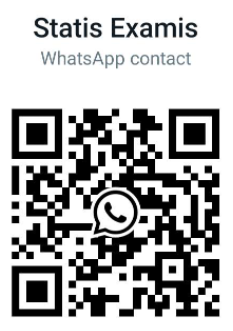Navigation » List of Schools » California State University, Northridge » Art » Art 305 – Art and Mass Culture » Summer 2020 » Photography Quiz No. 5
Question #1
A Dorothea Lange
B Carrie Mae Weems
C Diane Arbus
D Matthew Brady
E Louis Daguerre
Question #2
A it created the modern notion of celebrity
B none of these options
C it gave everyone the potential to record their personal image
D all of these options
E it made the unseen visible
Question #3
A signaled a change in the creation of images that were now primarily for aesthetic purposes
B gained the “aura” of authenticity of an original art work because it reproduced the work for many viewers
C none of these options
D enhanced the experience for viewers who could not view the original work in person
E lost the “aura” of the authenticity of an original art work that is traditionally viewed in person
Question #4
A none of these options
B may have used the camera lucida to help make his images more real
C was the star pupil of Jacques Louis David
D all of these options
E created paintings that glorified the center of power of the bourgeoisie in the post-French revolution
Question #5
A took out the first patent on a photographic process in 1839
B the successful designer of special effects theater presentations known as dioramas
C none of these options
D the creator of a one of a kind photographic process that involved the use of highly toxic chemicals including hot mercury
E all of these options
Question #6
A none of these options
B all of these options
C the battle over the reality of a painting using a photograph as source material
D the battle over the rights to the photograph of Napoleon III on horseback
E the battle over the use of photographically real details in art
Question #7
A all of these options
B a totally objective device
C none of these options
D a totally subjective device
E a device whose images are influenced by the culture of the user
Question #8
A by creating paintings that could compete with the small images of photography
B all of these options
C by creating paintings with dynamic compositions as opposed to photographs which required long exposure times
D by creating paintings that used color as opposed to photographs which were in black and white
E none of these options
Question #9
A Edward Weston, Jr.
B Paul Strand
C Margaret Bourke-White
D all of these options
E Ansel Adams
Question #10
A invented the positive/negative photograph process known as the calotype
B all of these options
C invented the daguerreotype process
D none of these options
E created an early photograph looking out his Paris studio window




